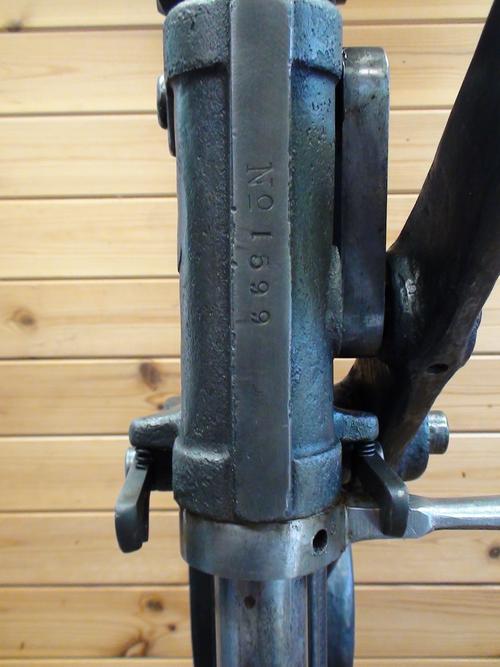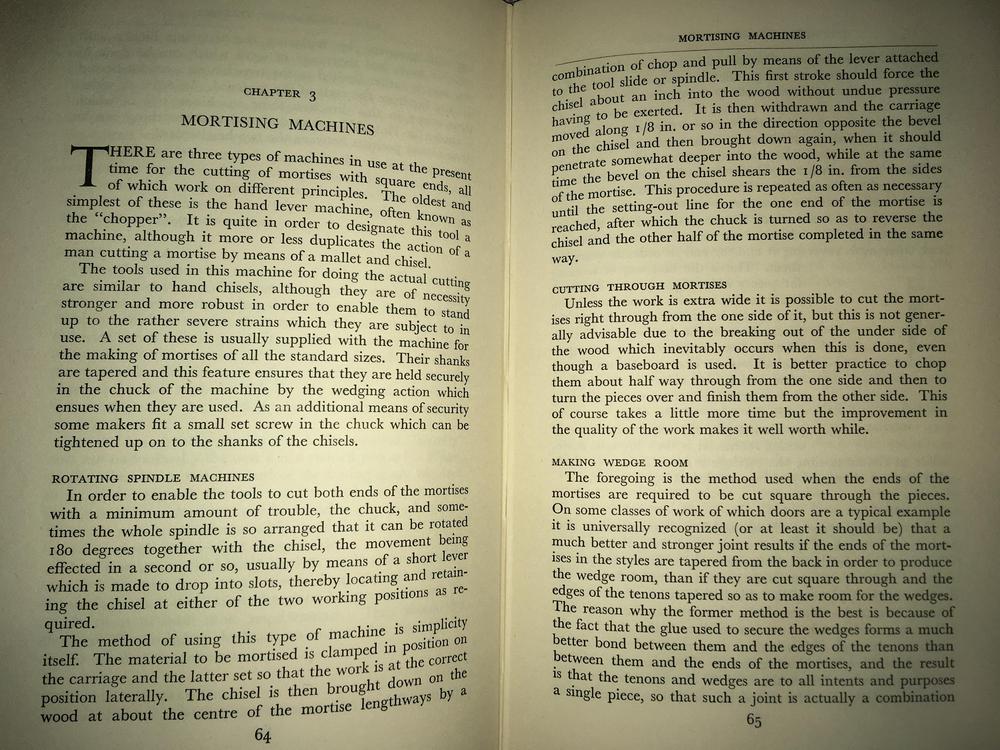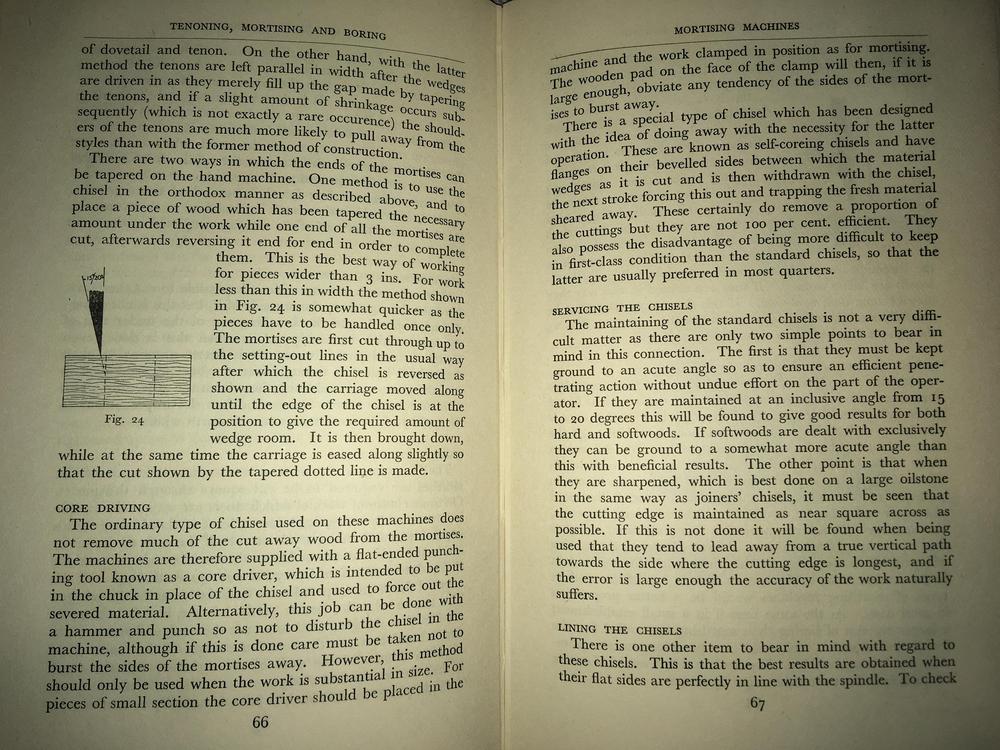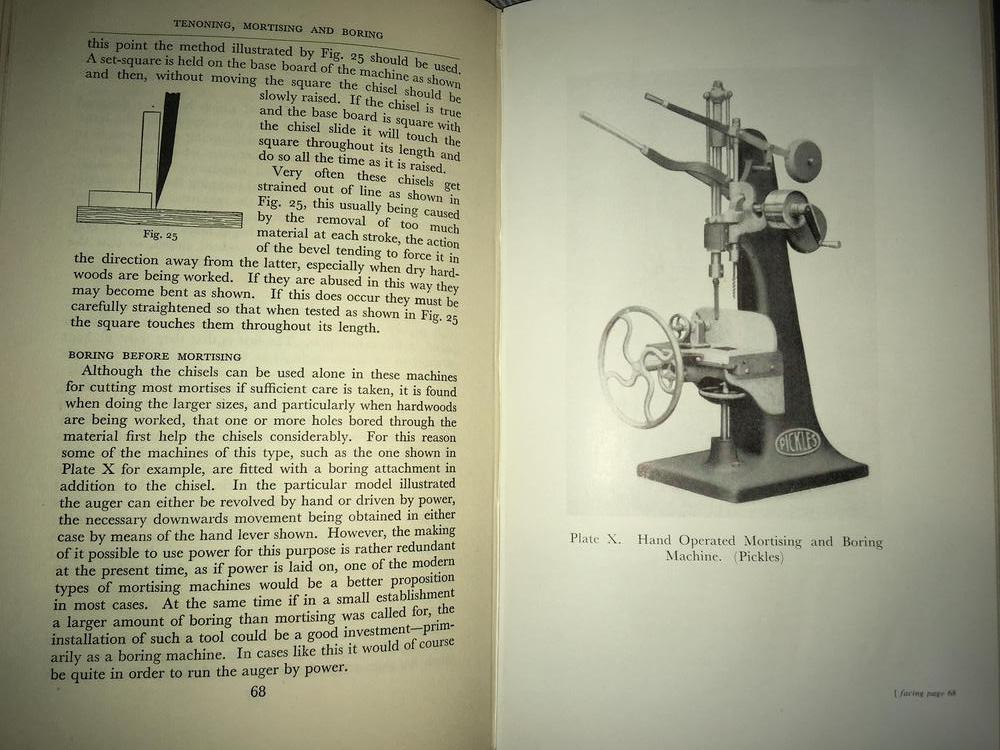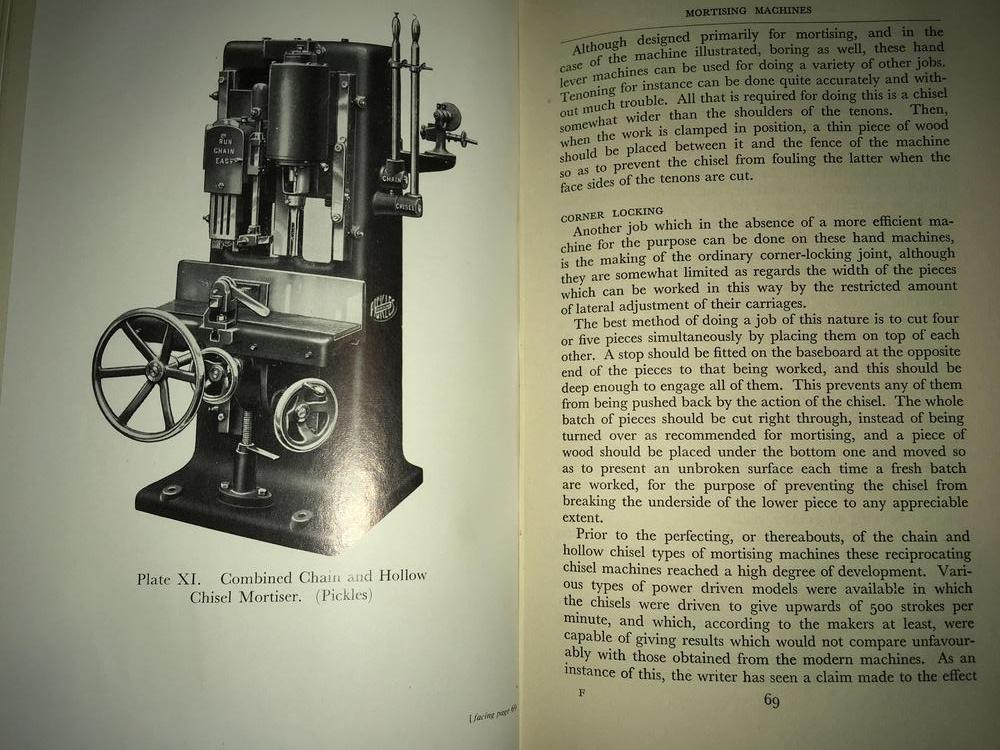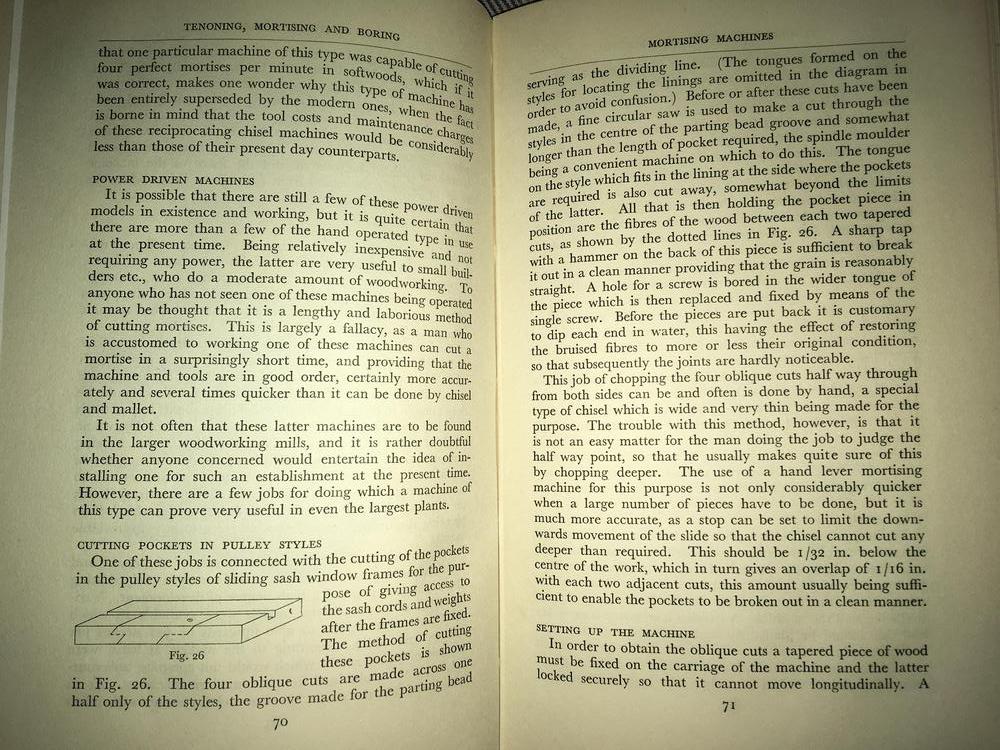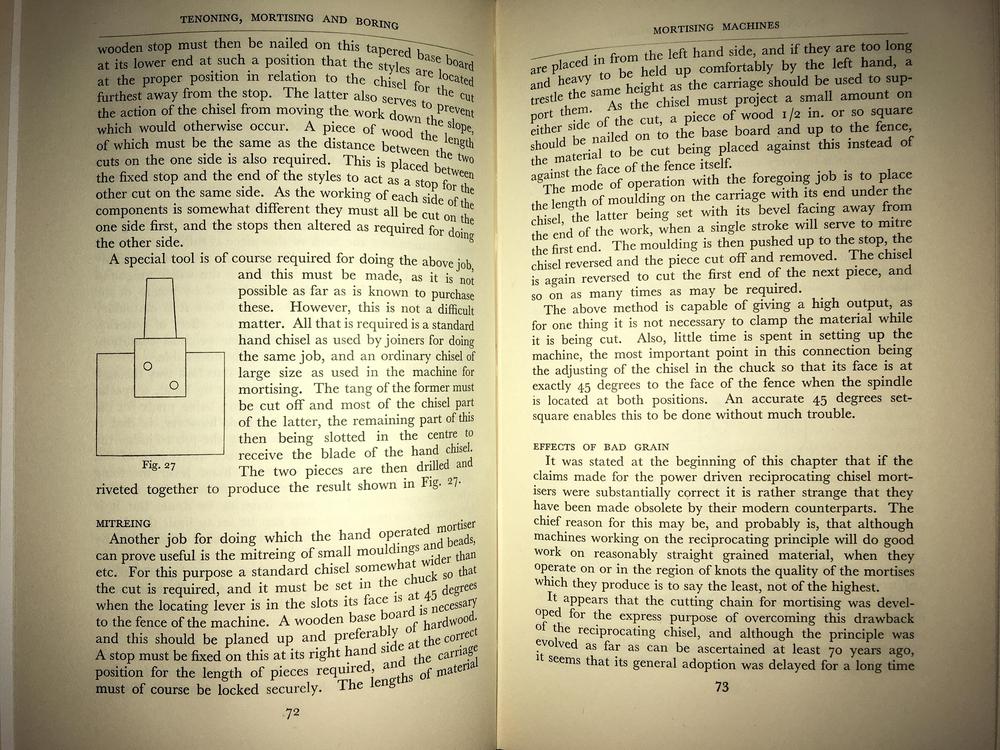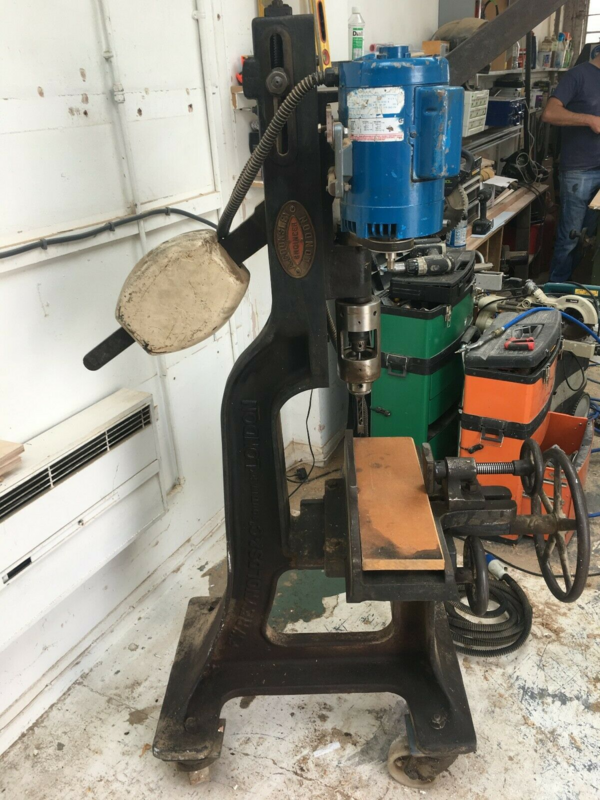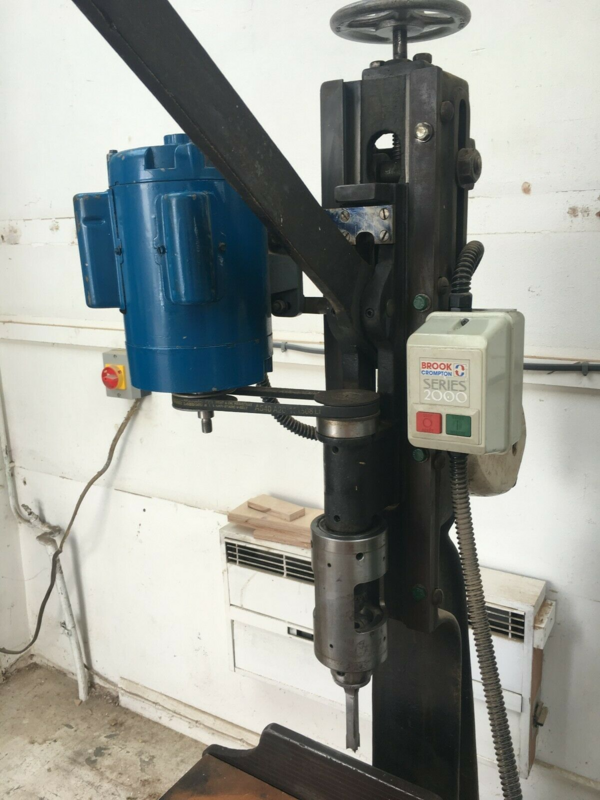condeesteso
Established Member
Hi Chris (and Andy, yes, same number, same old habits 
Thank you very much for the message and very kind words. I don't recall that vice but yes, you should have taken it as it's probably still in the storage box from the move !
Really good to see the Reynolds and know it has been taken care of. Lovely restoration, and a proper dry safe home for what is a very fine old piece of England.
I did get very lucky with the chisels for it as I believe that in those days tapers were not standardised so finding the Reynolds fit would be rather hard. The man I got it from gave me a number of someone who had a set... and it all came together.
I've been so busy sorting this house out I hardly have time to make anything. Got a new small hand-tool shop done and the machines in one end of a big garage... but no time.
I do get along to Richard Arnold's Charity Auction day every year so see Andy (TnT) there, along with Ollie Sparks, Richard Hughes, Pete Maddex and everyone else who deserves a mention.
I will try and make something soon (I did a door recently but it doesn't really count. All proper it was, but a door is just a door.
Anyway, top work Chris, really delighted to see the Reynolds being cared for so well - it deserved a good home and I'm sure it has a century or two of good work in it.
Best wishes to all the old gang here. If you have my number it's not changed.
all the best, Douglas
edit p.s. - love the 'arty shot'
Thank you very much for the message and very kind words. I don't recall that vice but yes, you should have taken it as it's probably still in the storage box from the move !
Really good to see the Reynolds and know it has been taken care of. Lovely restoration, and a proper dry safe home for what is a very fine old piece of England.
I did get very lucky with the chisels for it as I believe that in those days tapers were not standardised so finding the Reynolds fit would be rather hard. The man I got it from gave me a number of someone who had a set... and it all came together.
I've been so busy sorting this house out I hardly have time to make anything. Got a new small hand-tool shop done and the machines in one end of a big garage... but no time.
I do get along to Richard Arnold's Charity Auction day every year so see Andy (TnT) there, along with Ollie Sparks, Richard Hughes, Pete Maddex and everyone else who deserves a mention.
I will try and make something soon (I did a door recently but it doesn't really count. All proper it was, but a door is just a door.
Anyway, top work Chris, really delighted to see the Reynolds being cared for so well - it deserved a good home and I'm sure it has a century or two of good work in it.
Best wishes to all the old gang here. If you have my number it's not changed.
all the best, Douglas
edit p.s. - love the 'arty shot'




